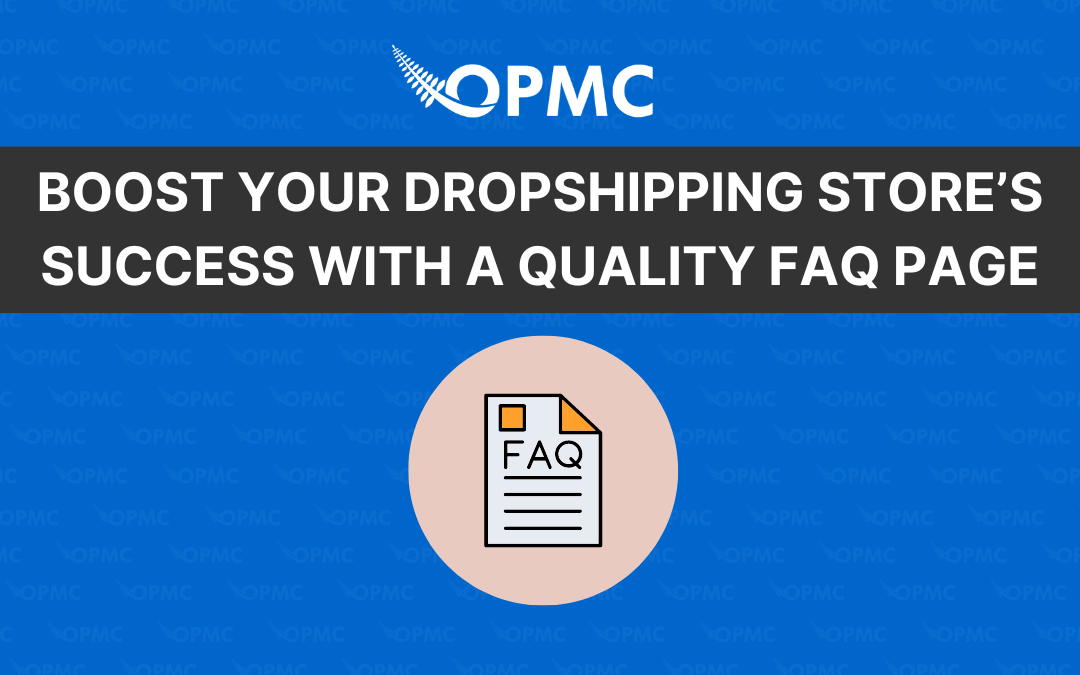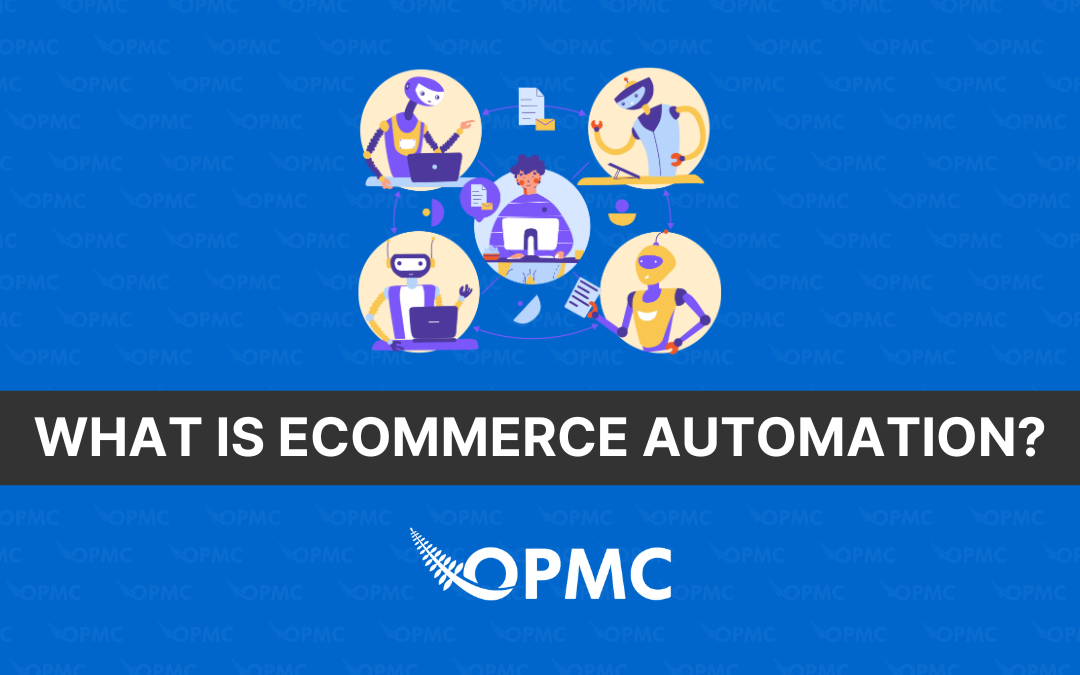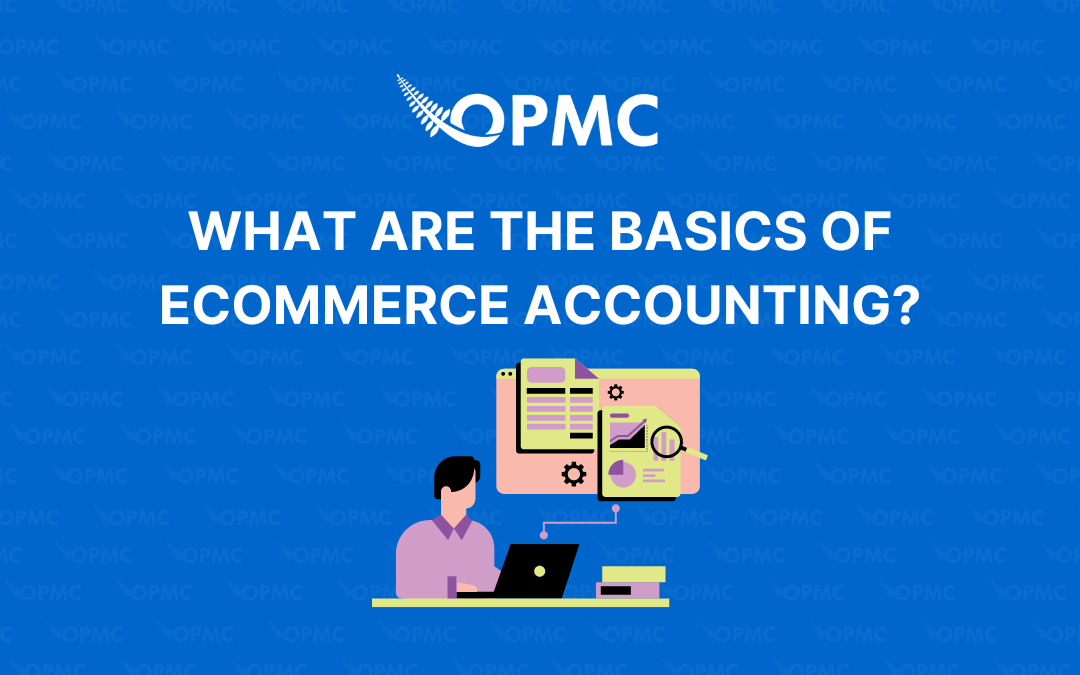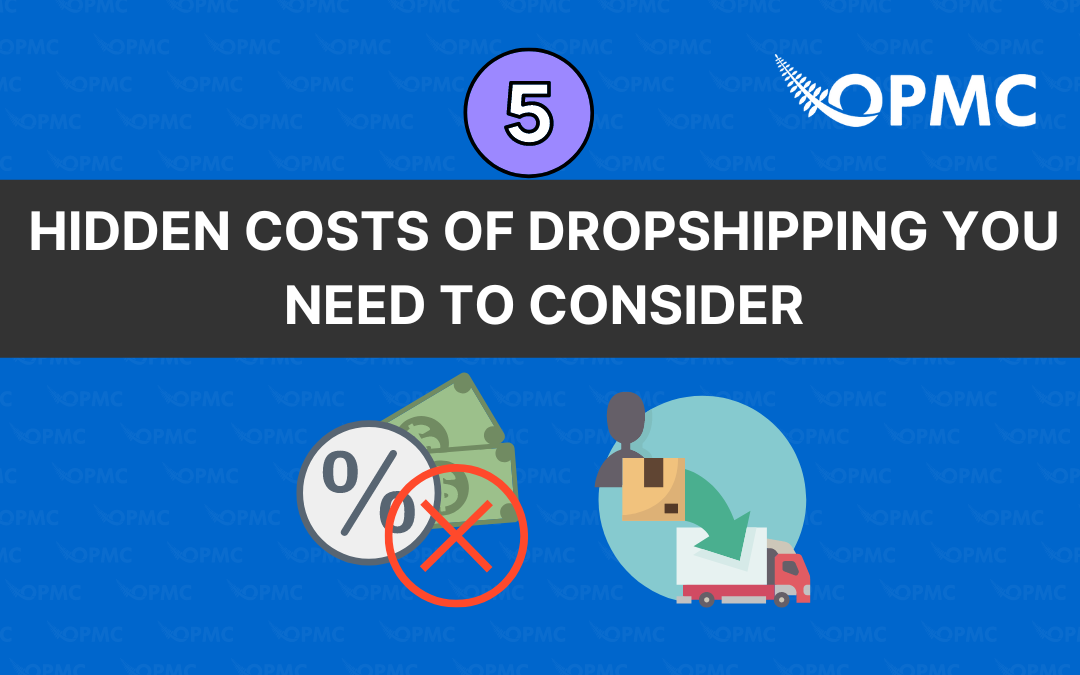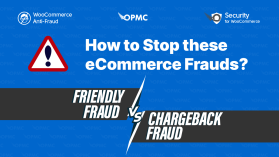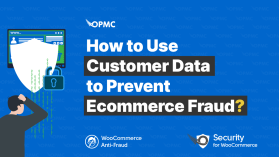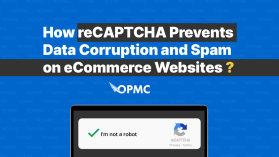Ecommerce fraud prevention is crucial for online businesses as the ecommerce industry continues to grow at a rapid pace. With more opportunities for businesses to enter this space, comes an increased risk of fraud. As a business owner, it is essential to be vigilant in protecting your company from ecommerce fraud. Fraudsters are constantly coming up with new ways to target businesses and it can be challenging to stay ahead of the curve. However, there are some telltale signs that may indicate your business is vulnerable to fraud. By being aware of these signs, you can take steps to safeguard your business and prevent losses. In this article, we will discuss 7 signs that your online business may be at risk of ecommerce fraud.
Why It’s Critical to Defend Against Ecommerce Fraud
You might be wondering why it’s so important to defend against ecommerce fraud. The answer is simple: online merchants are losing money to fraud, and that’s a problem they can’t afford to ignore.
As an online merchant, you’re likely familiar with the growing demands of fraud. Fraudsters are targeting your business and getting more thoughtful about how they do so. They’re also getting more sophisticated in the ways they pose as legitimate customers to steal from you—and this means it’s time for you to take a proactive approach when it comes to defending against ecommerce fraud.
Otherwise, you’re bound to experience damage to your WooCommerce online store like:
Financial Losses
Financial losses can be significant, ranging from a few thousand dollars to hundreds of millions. The trouble with this type of loss is that it isn’t just one customer causing it. It’s everyone who processes payments through your website or app.
Damages Your Reputation
Another way your ecommerce store can be open to fraud is because it can damage your reputation. If a customer has bad experiences with your site, they will not only be less likely to purchase from you again, but they will also share their bad experience with others. These negative reviews can spread quickly and may cause damages beyond just losing a sale.
Lose Competitive Edge
Fraudulent transactions can cost you a lot more than just money. They can lead to higher fees, slower shipping, lower customer satisfaction, and even lower conversion rates.
You should be aware of these costs because they will increase prices for customers who do not commit fraud or purchase products using stolen credit cards or identity theft. Fewer resources for you means lower chances of maintaining a competitive advantage in your niche.
7 Telltale Signs of Potential Ecommerce Fraud
#1 – Allow Weak Passwords
Weak passwords are the first sign of trouble. Passwords should be at least 8 characters long, have a combination of upper-case letters/lower-case letters, and numbers. Use a password manager to generate strong passwords and use it to change your password regularly. You should require your customers to enter strong passwords to avoid getting their information taken over or stolen.
#2 – Insecure Payment Gateways
Not all payment gateways are created equal. Your ecommerce site needs a secure way for customers to pay for goods or services before it can offer them up for sale. This is where a payment gateway comes in.
Payment gateways handle all transactions between your business and its customers—they’re like the big brother who protects you from getting beat up by neighbourhood bullies (except without all the bluster).
Depending on which category fits best with your product line or service offerings, it pays to do some research upfront so that you can select a payment gateway that meets both PCI compliance standards as well as industry regulations specific to your niche market.
#3 – Lack of 2FA
2FA is a system that requires two forms of authentication. The first is a password, which your customers know and can easily change. The second is a unique code generated by either an app, a phone, or a hardware device plugged into a computer. This makes it nearly impossible for someone else to log in as your customers unless they have access to both the device and its code generator (the second factor).
#4 – No Monitoring of Suspicious Activity
Monitoring of suspicious activity is a key component of any fraud prevention strategy. Suspicious activity can be defined as anything that deviates from normal patterns, such as a sudden spike in orders, more than one person using the same IP address for different transactions, or a payment method that has not been used before by your customer base.
With so many channels available for detecting suspicious activity (payment data, customer information, etc.), there’s no excuse for not being able to monitor this channel. The trick is finding a tool that automates this process, so you don’t have to waste time or employee resources.
#5 – No Verification of Customer Information
If you have a customer who cannot be verified, do not accept their business. Instead, verify their identity before beginning the transaction. The most common form of verification is requiring a photo ID in combination with matching the information on that ID to what they are saying about themselves.
However, there are other ways of verifying someone’s identity as well, such as checking for credit card information like CCV numbers or verifying addresses with payment methods.
If you cannot verify your customer’s true identity after multiple attempts and there is no way for them to provide documentation for it to be done properly, then do not proceed with these transactions.
#6 – Missing Anti-Fraud Plugins
If your store doesn’t have an anti-fraud plugin installed, it could be open to fraud. Anti-fraud plugins are software programs that run on your WooCommerce storefront and help identify suspicious activity. They can verify if a customer is who they say they are, detect bots, and block IP addresses when suspicious traffic comes from a computer or network that has been blocked before.
We highly recommend using our Anti-Fraud plugin for WooCommerce, which gives you a clear and easy-to-read dashboard to check the status of your site and any potential risks. This unique automated security measure assigns numerical values to every transaction, carefully assessing the risk of potential fraud so you can maximize your sales potential.
Download a copy today and protect your online store from potential fraud.
#7 – Staying Unaware of Current Fraud Trends
In today’s world, ecommerce fraud is constantly evolving. Fraudsters are always looking for new ways to steal money from online merchants, and it is important to stay up to date with the latest trends and scams. You can do this by reading blogs and articles about ecommerce security or subscribing to newsletters that cover these topics. You’ll never get 100% security, but with a bit of due diligence, you can layer your protection, so nothing slips all the way through.
Ecommerce Fraudsters Target Online Stores
Ecommerce fraudsters target online stores, merchants, shoppers, customers, and buyers. These criminals often create fake websites or emails that look like they’re from a legitimate company to trick unsuspecting people into giving their credit card information or sending money by wire transfer.
If you’re still not convinced that ecommerce fraud is a problem for your business, consider this: it could cost you thousands of dollars or even more. That’s why it’s important to ensure your website is secure and protected from thieves.
Take the time to review all seven tips from this blog post, and make sure they are part of your website security plan moving forward. If you want the easiest solution, be sure to use our Anti-Fraud for WooCommerce plugin and put your mind at ease while you grow your business.
Download WooCommerce Anti-Fraud today
WooCommerce Anti-Fraud assigns a score to orders as they are placed. The higher the score, the higher the risk of fraud.

